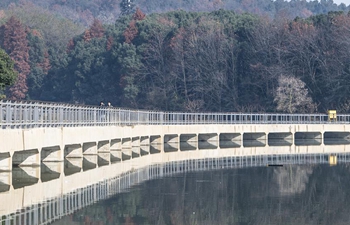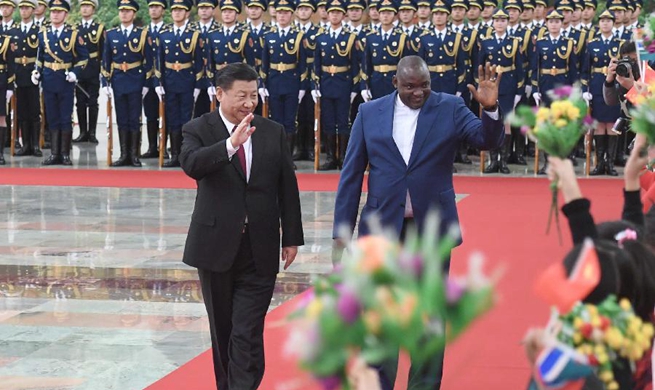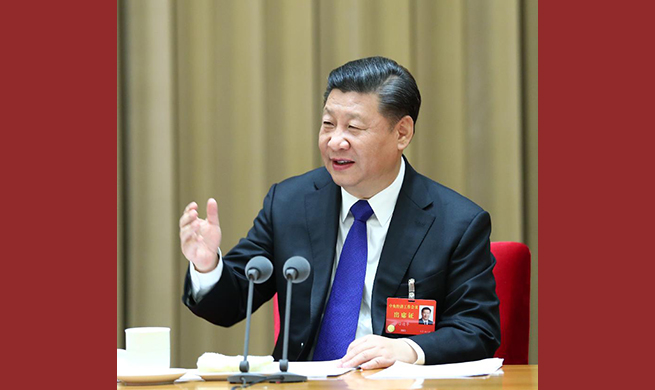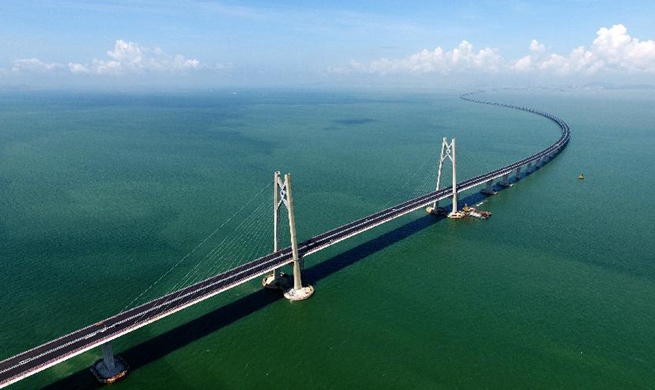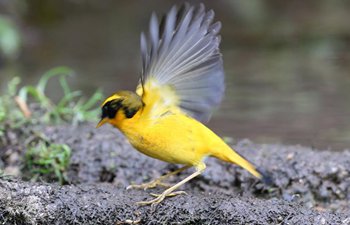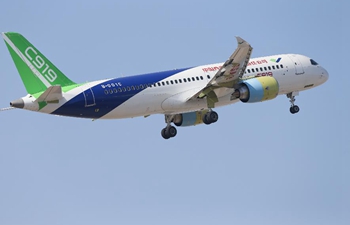HAVANA, Dec. 21 (Xinhua) -- Cuba's economy grew 1.6 percent in 2017, driven by the tourism, construction, transport and agricultural sectors, following last year's first recession in more than two decades, Economy Minister Ricardo Cabrisas said on Thursday.
In a report to the 612 members of Cuba's parliaments, Cabrisas presented economic performance figures for the year and projections for 2018.
Thanks to dynamic transport and agricultural sectors, the gross domestic product (GDP) expanded despite "a period characterized by major challenges to productive activities and services" caused by financial and other factors, he said.
Cuba's economy took a hit from an acute drought and the impact of Hurricane Irma, as well as from a lack of fuel and investment, said Cabrisas.
The ongoing U.S. economic blockade continued to hurt economic growth, as did the arrival at the White House of U.S. President Donald Trump and his Cuban policies.
"However, by protecting fundamental priorities, it has been possible to guarantee the sustainability of basic services for the population and the main levels of planned activity," he said.
Modest growth of 1.6 percent surpassed the projections recently announced by the United Nations Economic Commission for Latin America and the Caribbean (ECLAC), which had forecast growth of 0.5 percent for 2017 and one-percent growth for 2018.
Next year, Cabrisas projected two-percent economic growth, even with Cuba's continued foreign currency crunch.
The priority in 2018 will be focused on infrastructure investment, boosting foreign exchange revenues, and continuing to promote the Mariel Special Development Zone, a deep-sea port and industrial park the government is banking on to spur economic growth.
Last year, Cuba's economy shrank 0.9 percent due to cash constraints and the economic crisis affecting its main trade partner Venezuela.





